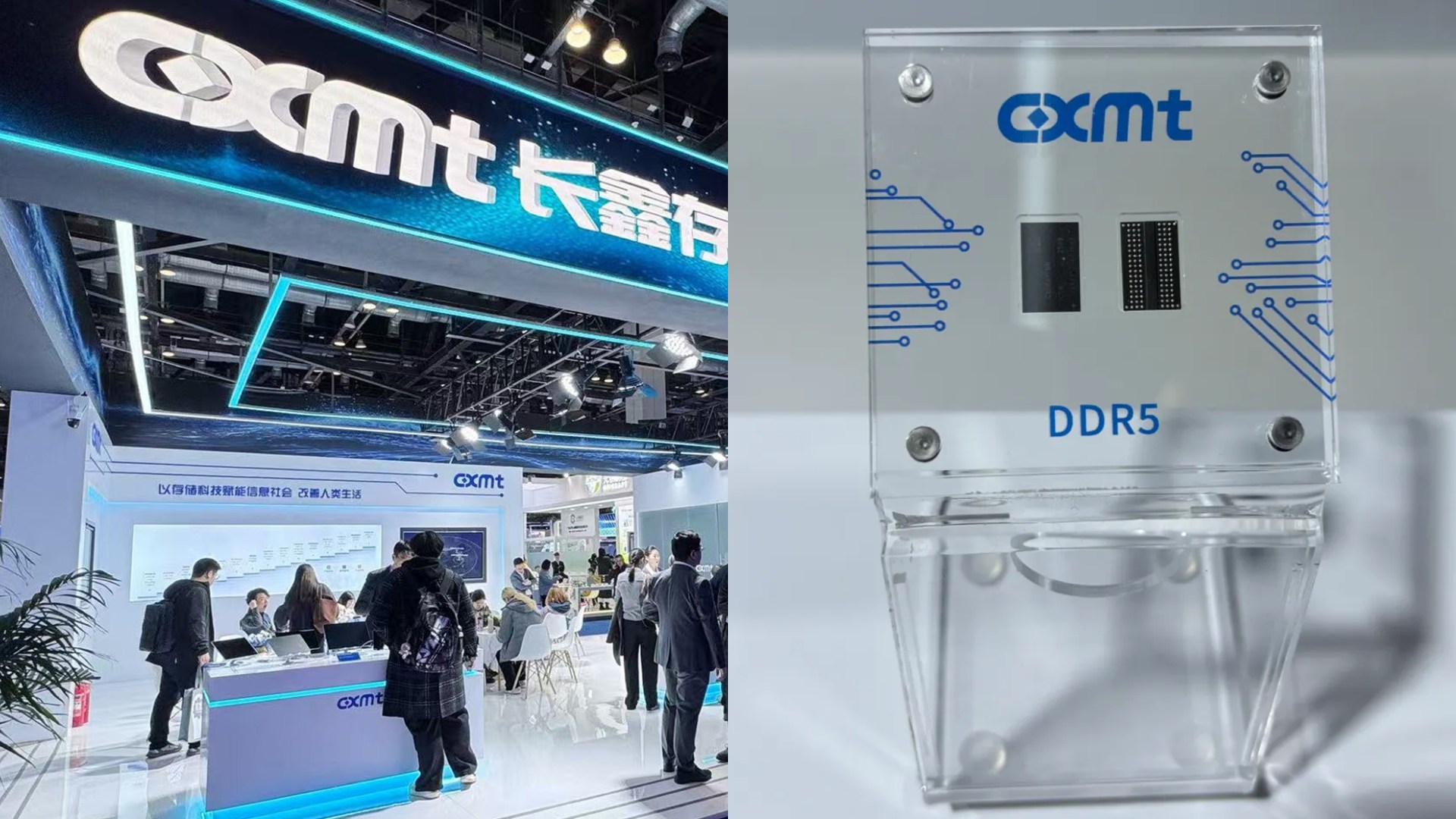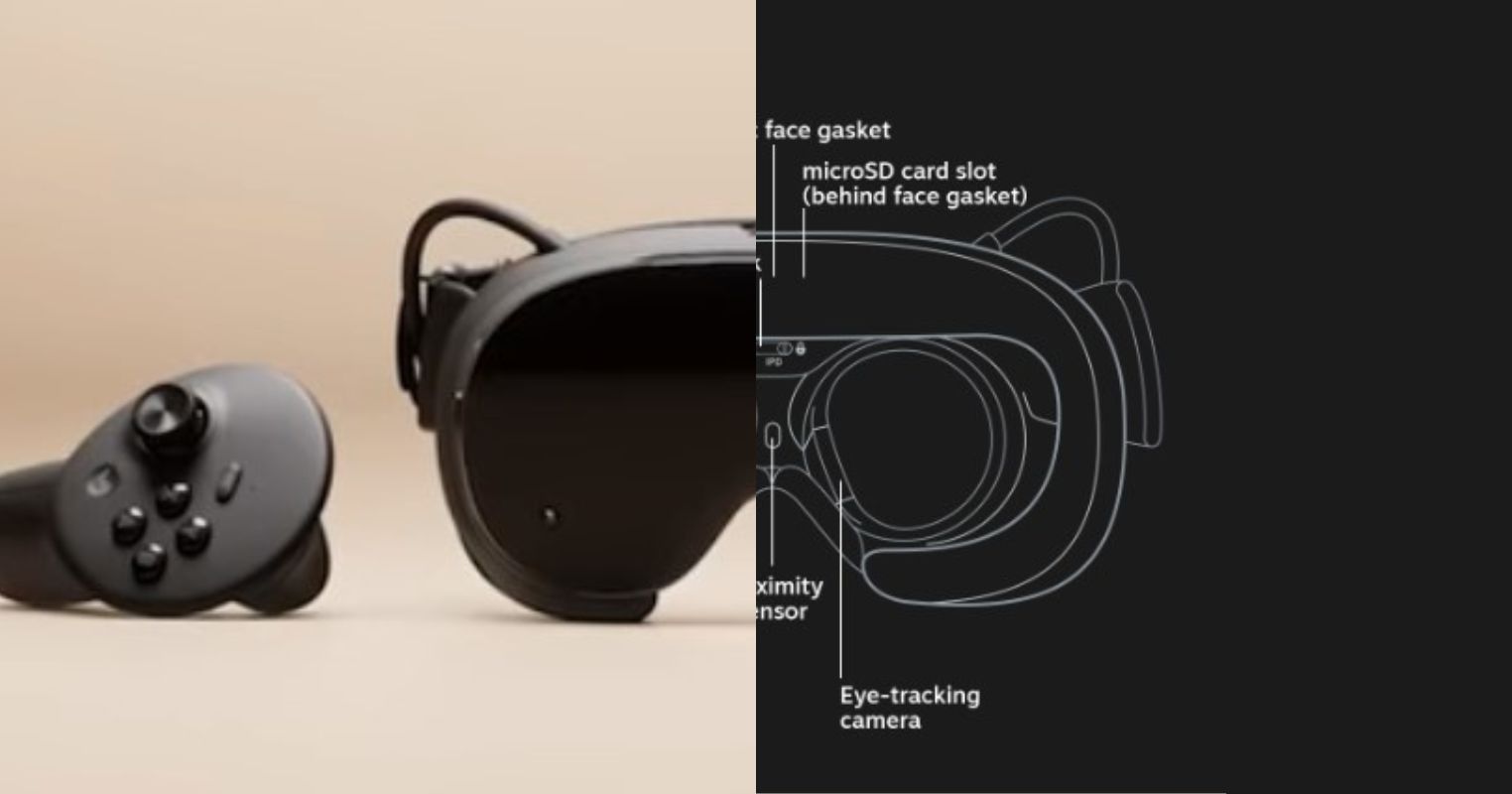- The Comica Ejoy D10 Pro is not only operated via an XLR cable and a USB Type-C, but also wirelessly through a dongle.
- It has three EQ modes, where one is a standard option, one brings out clarity in voice, best for gaming, and one brings out bass, best for podcasts.
- Its denoise feature is also impressive. It does come with its own stand, and the mic costs only $78.
When it comes to gaming microphones, you’re always greeted with tons of options that range from various connectivity options, sound features, and lighting options, but with all of these, the price is usually a lot more than you’d expect.
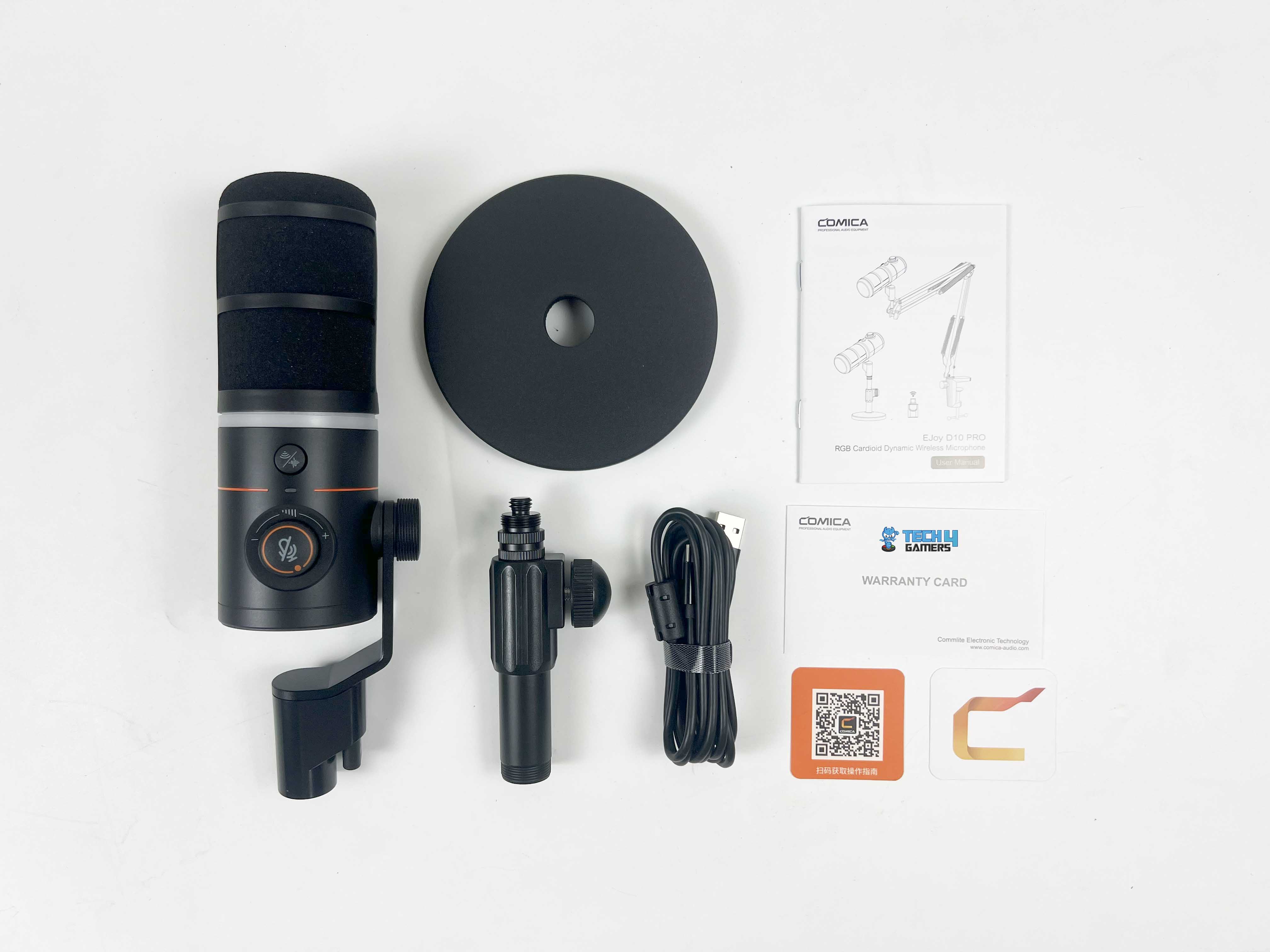
But what if I tell you there is a mic that has it all, including a key feature that none of the other mics have? I’m talking about a dynamic gaming mic that is wireless. Yes, a completely great sounding no-wired mic: this is the Comica Ejoy D10 Pro.
This Is The Gaming Microphone To Get
This microphone does come with an XLR and a USB C connectivity and for the wireless feature it comes with a dongle. And this dongle can also be connected from your mobile phone. This means it can be connected with three devices simulateanously.
Multiple Devices All At Once
This also outputs audio from one device via wired USB and wireless dongle at the same time, making it one of the most versatile mic out there. Since it is a dynamic microphone, it has better noise isolation and offers better background noise rejection compared to condensor mics.
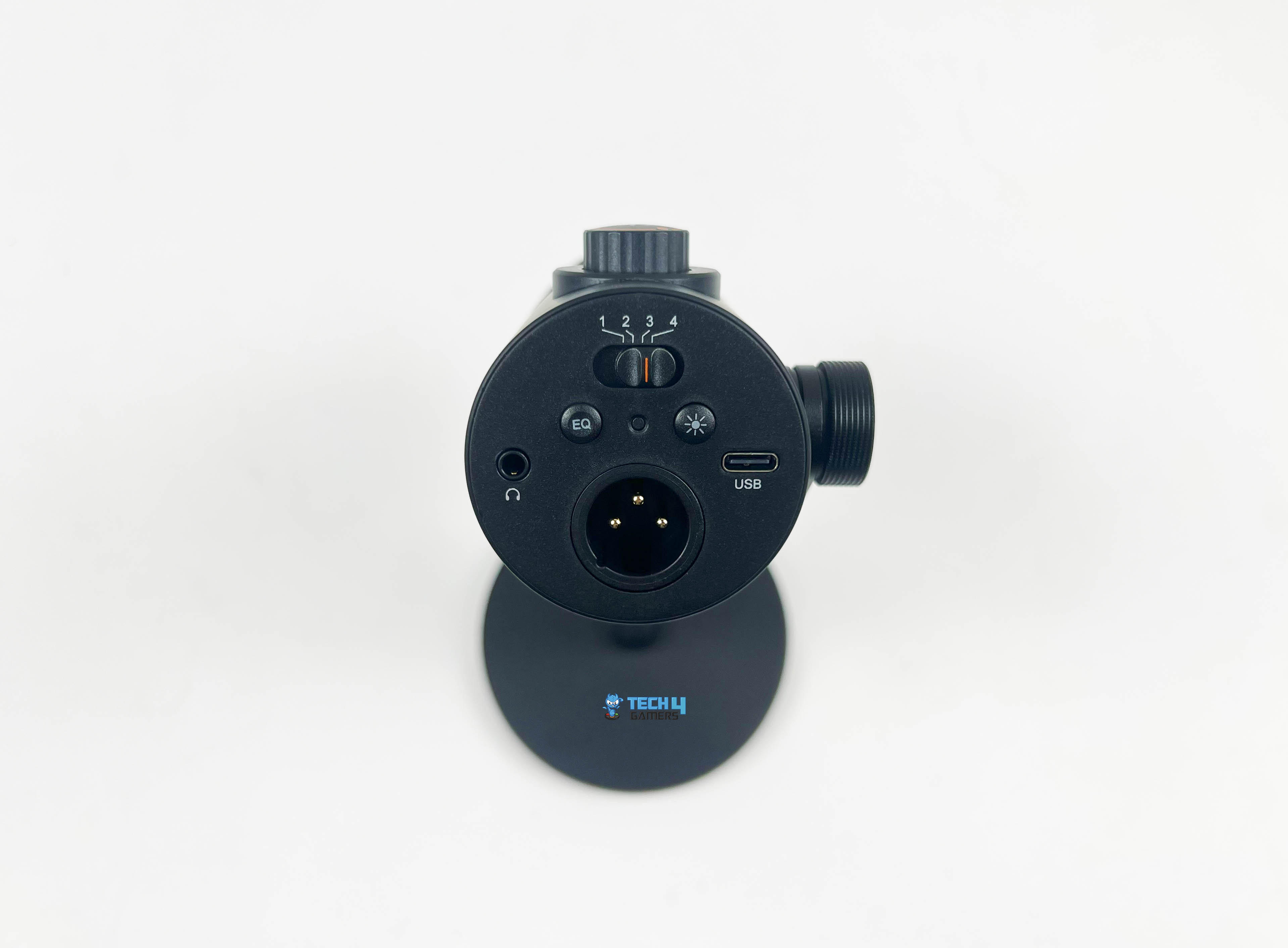
Specs
With a frequency range of 55Hz to 16Khz and a sensitivitry rating of 56 dB, and a signal to noise ratio of 72dB, which is really good for voice isolation. This outputs audio playback at a sampling rate of 16bit 48KHz and when recording this reaches 24bit 48KHz. Surely, to get the full potential of these specs, you should get a DAC/AMP setup.
Wireless Mic
Then you have the wireless mode, which has a range of around 40 meters. Since wireless peripheral,s including gaming headphone, comes with a drawback of delay, this mic only comes with delay of 20ms, which is impressive.
EQ Modes
It has a maximum sound pressure level of 128dB, which makes it very resistant to clipping or distortion. It comes with three sound EQ modes: Bass, Natural, and Bright. As the name suggests, the Base mode gives your voice more depth, making it the best for podcasting and other things alike.
On this mode, I’ve noticed that the voice feels as if it is coming from a much expensive microphone. Then there’s a Natural mode, which is a standard mode but then there’s the Bright mode, which brings clarity from your voice.
I recommend that if you’re a male, you should avoid the natural EQ mode, and if you’re a female, you should avoid the Bright mode because it might distort your voice more than enhancing it. However, this is just my two cents, and you’re free to adjust it according to your needs.
Denoise Feature
Sure, you still get the background noise, but it is muffled, and the mic produces your voice in a way that it becomes the main focus. This was, the background noise is less distracting and I recommend you put the gain to level 2 to avoid it even further.
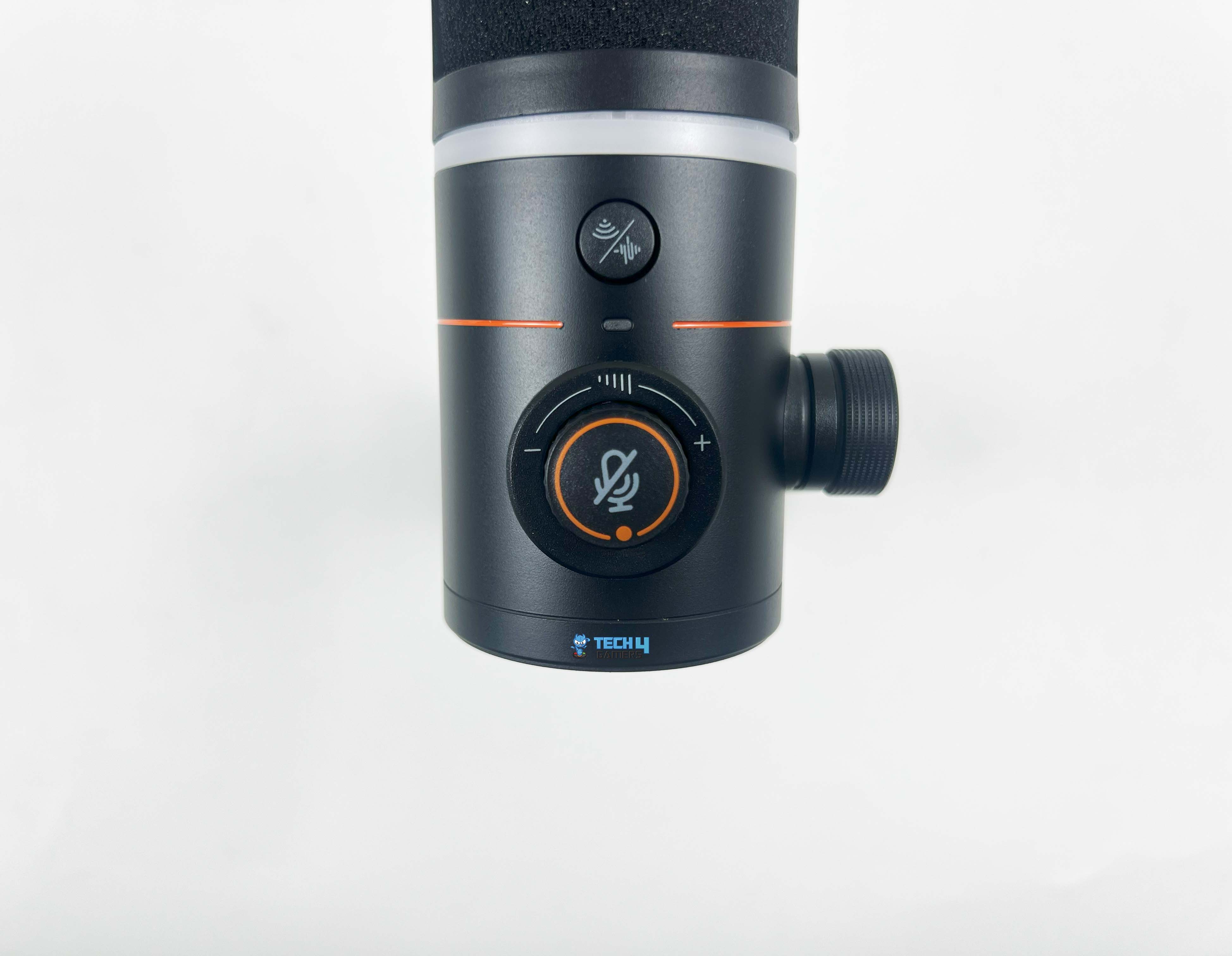
Gain Levels
This mode brings out much more clarity in the voice, and I found that it is the one that has no noise fatigue. There are also 4 levels of gain placed just above the EQ mode button on the backside of the mic.
Here you can adjust the gain, and I found that level 2 works the best if there are no background noise (like the sound from a fan or AC). At gain, 3 you start to pick up background noises, and at gain 1, it’s just too quiet.
Structure & Build Quality
The mic is made with both aluminum and plastic, where the buttons and the structure holding the foam cap are plastic, while the bottom is made out of aluminum. While the mic itself is light (3.3g), it is bottom-heavy.
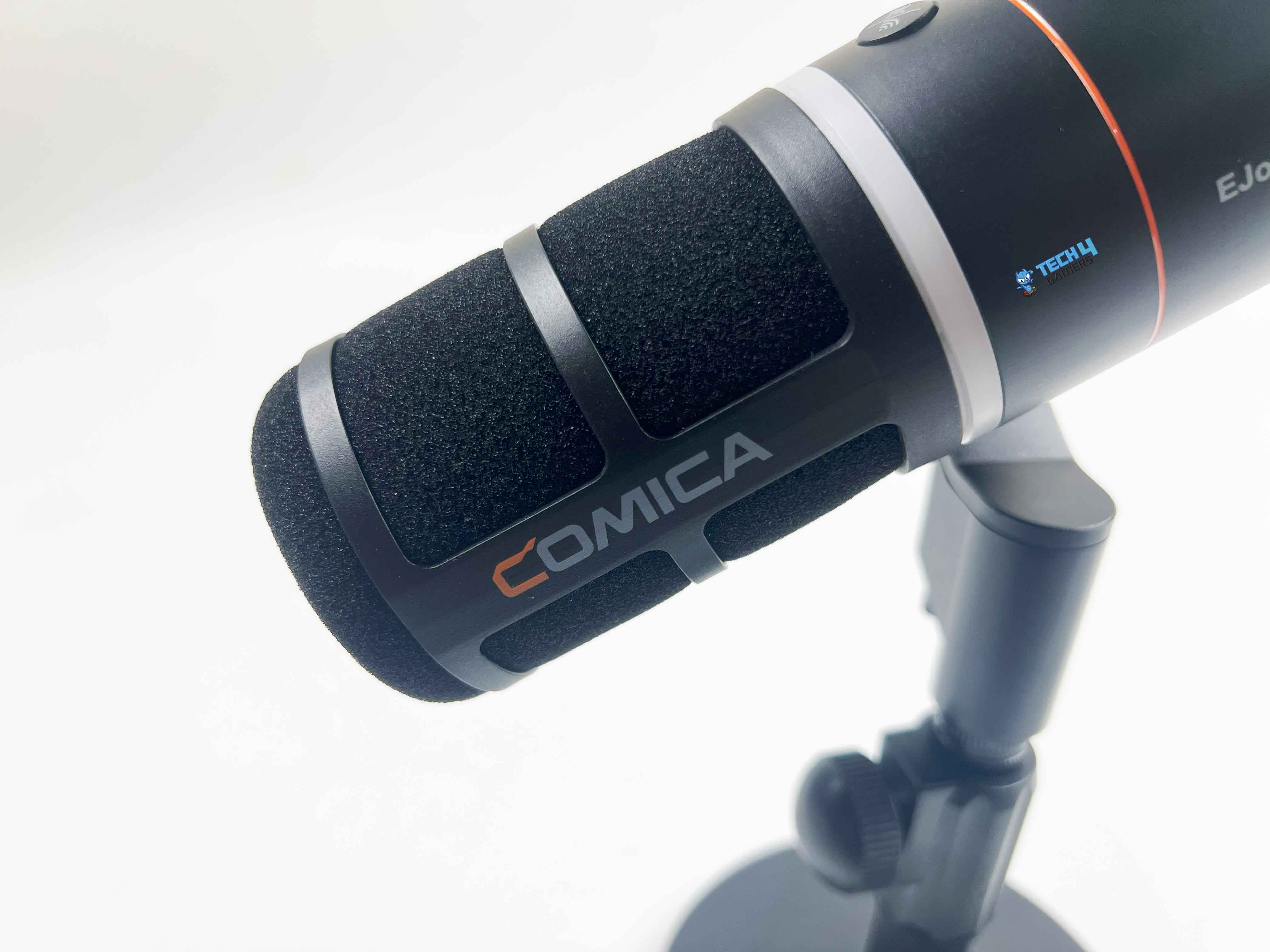
Speaking of the foam cap on the mic, it isn’t replaceable because there is a plastic casing holding it firmly. Since it isn’t replaceable, it could catch your spit, which could result in it getting dirtier in the long run, so I recommend you use an external pop filter to avoid the main foam from getting dirty.
The nob on the mic has a smooth twist which doesn’t feel cheap. Just above the nob, you get a denoise button which isolates your voice. Now testing with background noises being played, the denoise featured performed really well with the voice still retaining the bass and the voice wasn’t as compressed.
Verdict
This mic comes with a price tag of only $78, and with its RGB lighting and the way it sounds with its three EQ modes and denoise feature, it sounds way better than the gaming options we have on the market.
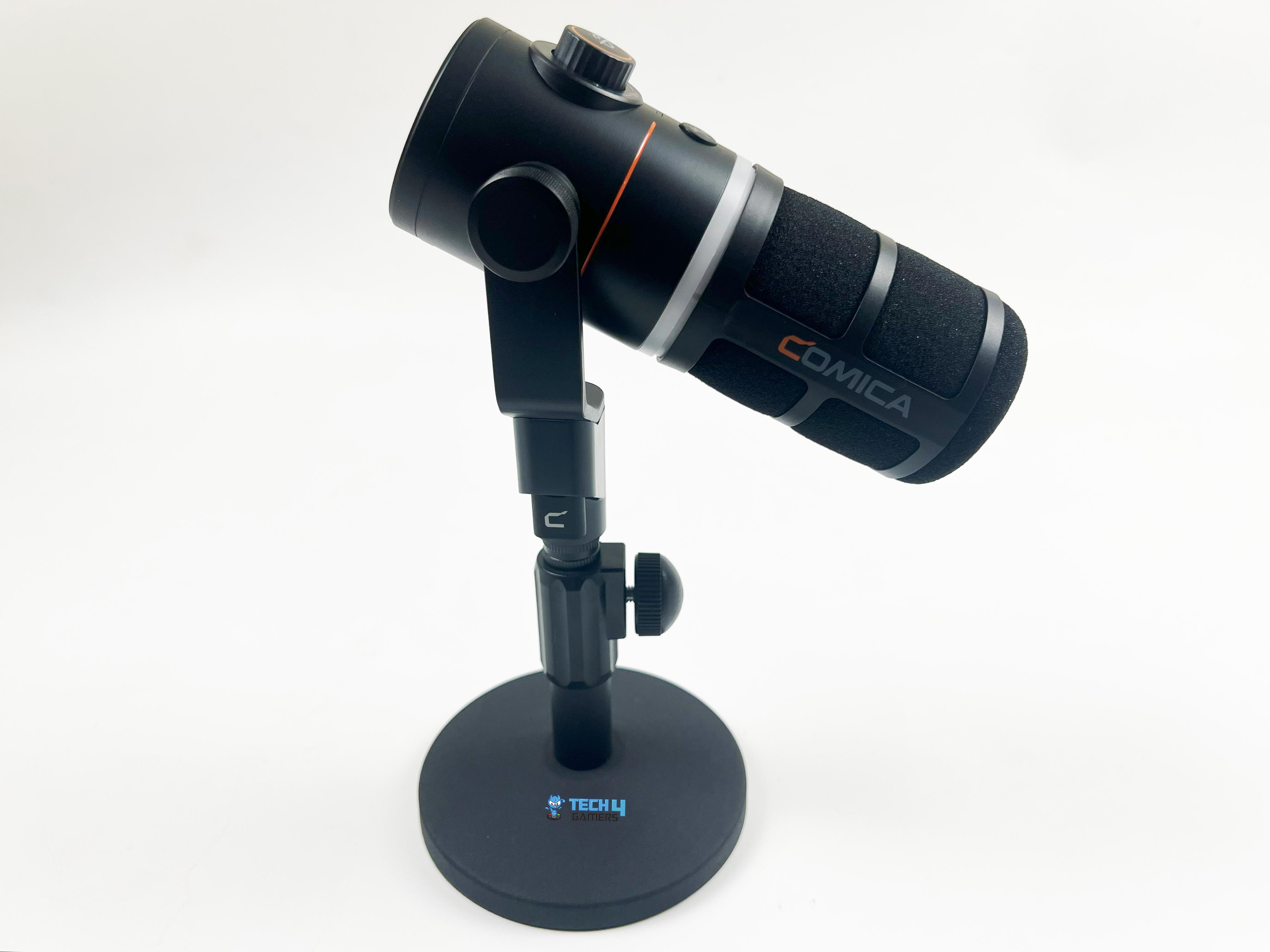
Specifically, the HyperX Quadcast S sounds a bit cheaper and comes with a price tag of $98. Considering that the Comica Ejoy D10 Pro is a great value for money, I recommend you get it if you’re looking for a gaming/streaming microphone.
Thank you! Please share your positive feedback. 🔋
How could we improve this post? Please Help us. 😔
[Comparisons Expert]
Shehryar Khan, a seasoned PC hardware expert, brings over three years of extensive experience and a deep passion for the world of technology. With a love for building PCs and a genuine enthusiasm for exploring the latest advancements in components, his expertise shines through his work and dedication towards this field. Currently, Shehryar is rocking a custom loop setup for his built.
Get In Touch: shehryar@tech4gamers.com


 Threads
Threads